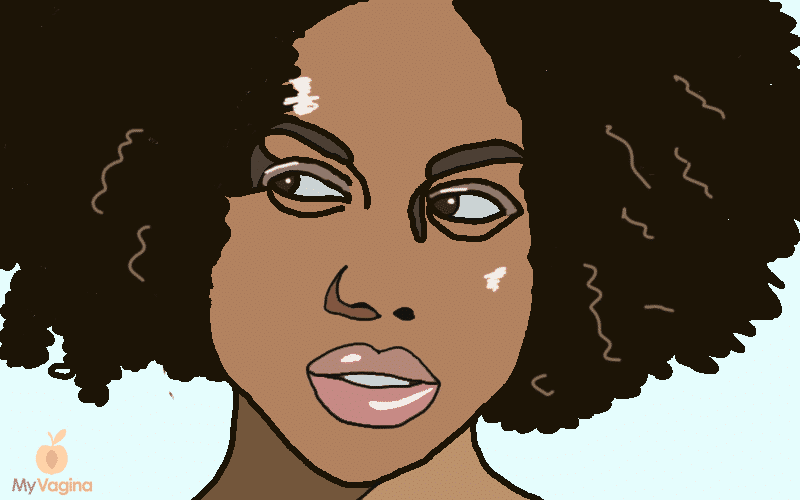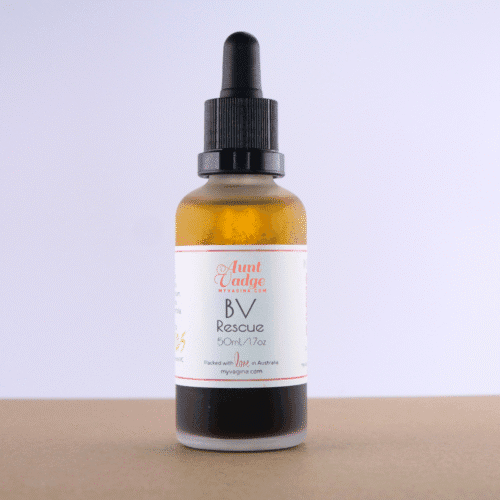The incidence of bacterial vaginosis (BV) in women of African descent is twice that of most other ethnic groups, thought to be due to naturally low numbers of protective lactobacilli in the vagina and a greater diversity of bacteria1.
In the vagina, greater microbial diversity is associated with an increase in vaginal infections and imbalances, while in the digestive tract, for example, greater diversity in microbes is considered a good thing.
Lots of different bugs in the vagina = bad
Lots of different bugs in your belly = good
How you get your vaginal bacteria in the first place
As a baby comes out of the vagina, its nose and mouth – and if it’s a girl, its vagina – gets covered in the mother’s vaginal bacteria. This is what starts us off with our first-ever bacterial colonies, and are the types of bacteria that will be with us for life (unless we change it somehow i.e. with antibiotics).
Women with only African or Hispanic female maternal lines will naturally have far fewer lactobacilli than women who have mixed-ethnicity maternal backgrounds, or another ethnic background. Research2 shows that this is not behaviour-related, but appears to be a natural difference.
If you have non-African maternal lineage, your vaginal microflora is likely to be more aligned with where your mother is from, and where her mother is from, ethnically speaking.
Fathers do not matter here because they do not contribute to our initial microbiome, at least not very much and not vaginally.
If you were delivered via C-section, you acquire your microbiome from your mother in other ways.
Breakdown of the vaginal microbiome by ethnicity
- Asian – mostly lactobacilli
- European – mostly lactobacilli
- African – 60 per cent lactobacilli
- Hispanic – 60 per cent lactobacilli
Read more about vaginal microbes around the world
What do low lactobacilli counts mean in real life?
Low lactobacilli counts don’t mean an unhealthy vagina – it just means being more prone to vaginal infections and microbial imbalances.
Lactobacilli are very strong and enthusiastic vaginal warriors, so being low in lactobacilli can mean invasions are easier for pathogens. Pathogens are opportunistic, and having low defences means they can more easily take over.
Let’s do a thought experiment to illustrate this point
Imagine your country’s secret service lined up ahead of you in full battle armour.
Now, imagine the secret service is made up of animals instead of people. Your army is a mixed bag: three blind mice, a cat, a dog and a camel.
You’re in for a rough trot if a tiger tries to invade – your hodge-podge weakling army likely can’t beat a tiger, at least not very easily.
If, by contrast, you have an army made up of a lion, two rhinoceros, and a deadly snake, you’re going to fare much better if that tiger picks a fight.
It’s the same with your vaginal bacteria. Good fighters – lactobacilli – make invasion much more difficult because of the way they are and how they fight.
Low lactobacilli counts can also result if you are douching, have taken antibiotics, or are exposed to infected sexual partners: your fighters get overwhelmed far more easily.
Why does vaginal flora differ between ethnic groups?
Way back when (take your pick at a date), we all lived generally separate lives as tribes. This means the bacteria we were exposed to differed between regions. Dirt and water in China have different bugs compared with dirt in Alaska.
Humans had far less contact with ‘strange’, and thus far fewer children from ‘another mother’ outside of the base community.
Do low numbers of lactobacilli matter?
Yes and no. You can have a perfectly healthy vagina with low numbers of lactobacilli – it’s what’s normal for you. If your vagina is healthy, smells like nothing much, your periods don’t smell like death, and your discharge is not unusual, then there is no need to worry.
If you get a test and it indicates an unhealthy vagina, then you can go from there with your healthcare provider in terms of treatments, but holding off on treatments and allowing your body to rebalance may be a suitable way forward.
Our vaginal microbiomes are complex. Bacteria work together to promote the environment they want, and that can be good, neutral, or bad for us as their host. It’s possible to have a collection of vaginal bacteria, low in lactobacilli and high in pathogens, that doesn’t cause symptoms.
Low friendly bacterial counts matter if you are exposed to pathogens and your immunity is down. You are left without adequate defences, with reasons including:
- Low immunity (sick a lot, underlying health problems)
- Stress
- Low-quality diet
- Unprotected sex with partners who may be carrying unhealthy bacteria
- Regular douching
Your army of lactobacilli – or whatever helpful, healthy microbes protect your particular vagina – need to be present in sufficient colonies to protect you.
What you can do about low lactobacilli numbers and being BV-prone
Some lactobacilli are better than others at colonising the vagina, and fighting for its health, so you want to opt for products that contain these species:
- L. crispatus
- L. gasseri
- L. jensensii
- L. reuteri
- L. rhamnosus
One species, L. iners, is a sign of a vagina that may be turning bad, so if you get a test and L. iners comes up, don’t think you have good lactobacilli counts! L. iners is a shapeshifter.
The lactobacilli that you want are found in a few good-quality women’s probiotics.
New products are being developed all the time, but find a product that has at least four of the above-mentioned lactobacilli strains.
You can build up your good bacteria with new colonies of lactobacilli, even if you were born without them – we get new bacterial colonies all the time, so feel free to try to import microbes for a healthier vagina!
Lactulose can also work very well for selectively feeding good bacteria, so can be used with a source of the right types of bacteria. You want vagina-specific microbes, however, so be cautious of using other probiotics, milk kefir, or live yoghurt with lactulose – you may end up with a colony of strange!
If you are struggling with BV, see your healthcare provider or read Killing BV for some treatment ideas out of the ordinary.

The most comprehensive vaginal microbiome test you can take at home, brought to you by world-leading vaginal microbiome scientists at Juno Bio.

Get a fresh perspective with a qualified, experienced vulvovaginal specialist naturopath.
This product has multiple variants. The options may be chosen on the product pageEasy-to-use BV and AV treatment program.
References
- 1.Fettweis JM, Brooks JP, Serrano MG, et al. Differences in vaginal microbiome in African American women versus women of European ancestry. Microbiology. Published online October 1, 2014:2272-2282. doi:10.1099/mic.0.081034-0
- 2.Goldenberg RL, Klebanoff MA, Nugent R, Krohn MA, Hillier S, Andrews WW. Bacterial colonization of the vagina during pregnancy in four ethnic groups. American Journal of Obstetrics and Gynecology. Published online May 1996:1618-1621. doi:10.1016/s0002-9378(96)70617-8

Get a fresh perspective with a qualified, experienced vulvovaginal specialist naturopath.
This product has multiple variants. The options may be chosen on the product page
The most comprehensive vaginal microbiome test you can take at home, brought to you by world-leading vaginal microbiome scientists at Juno Bio.
Easy-to-use BV and AV treatment program.

Promote and support a protective vaginal microbiome with tailored probiotic species.









